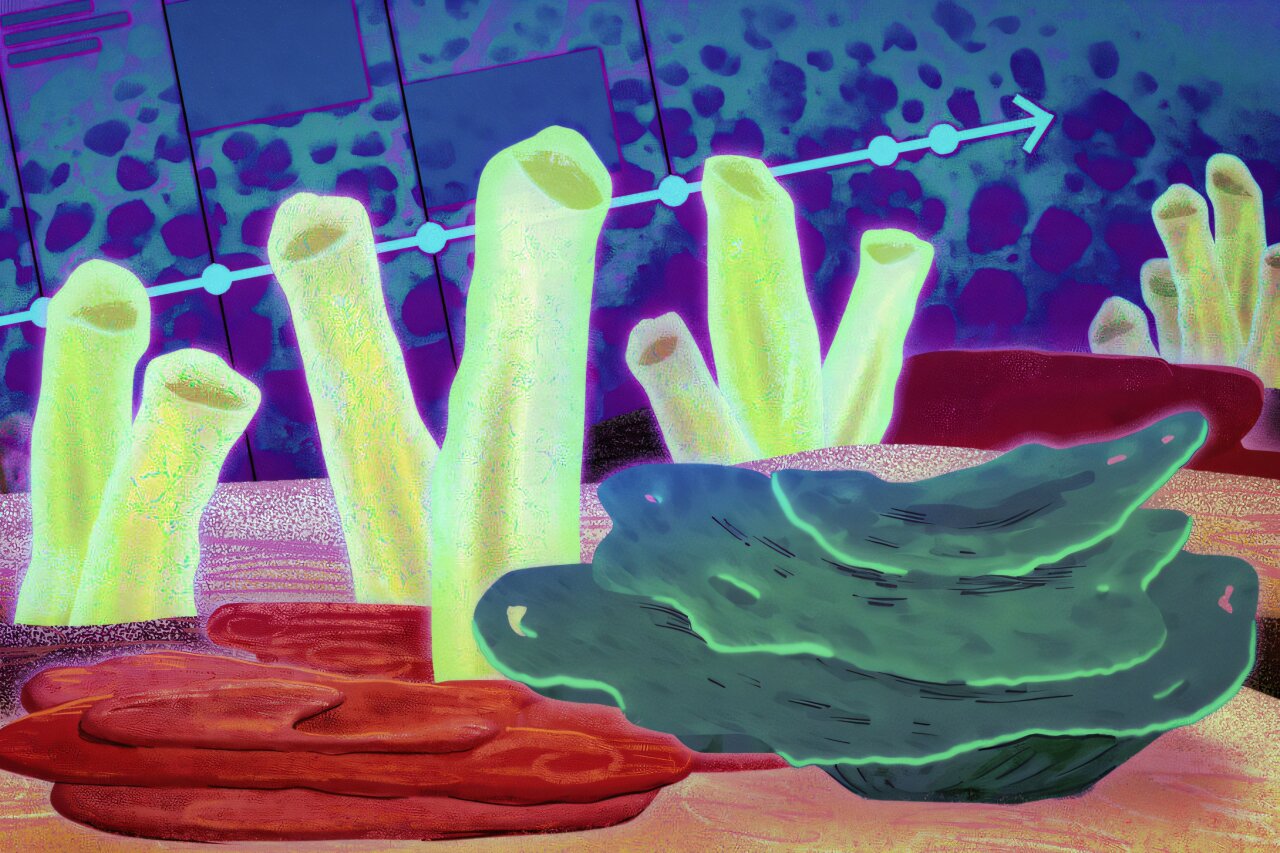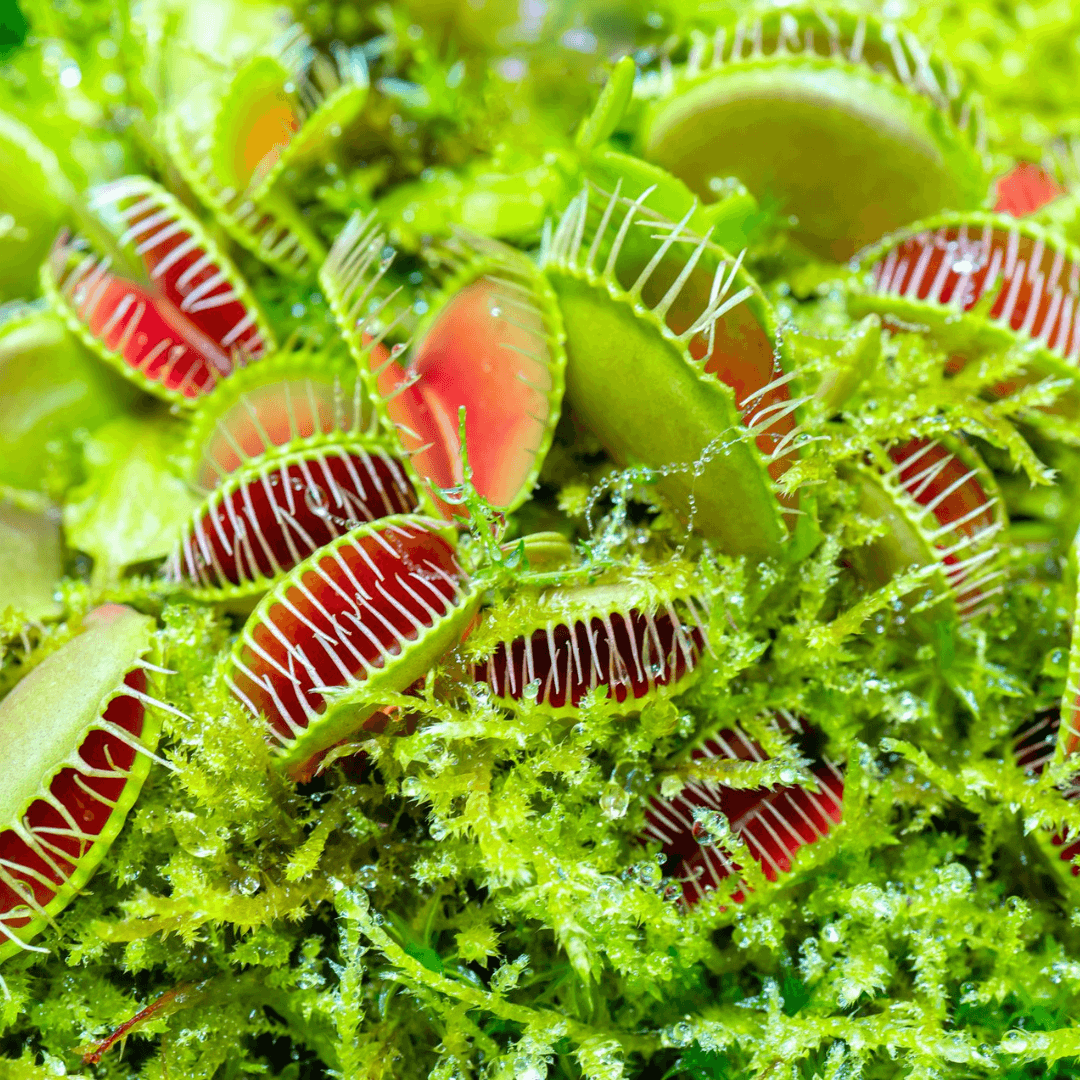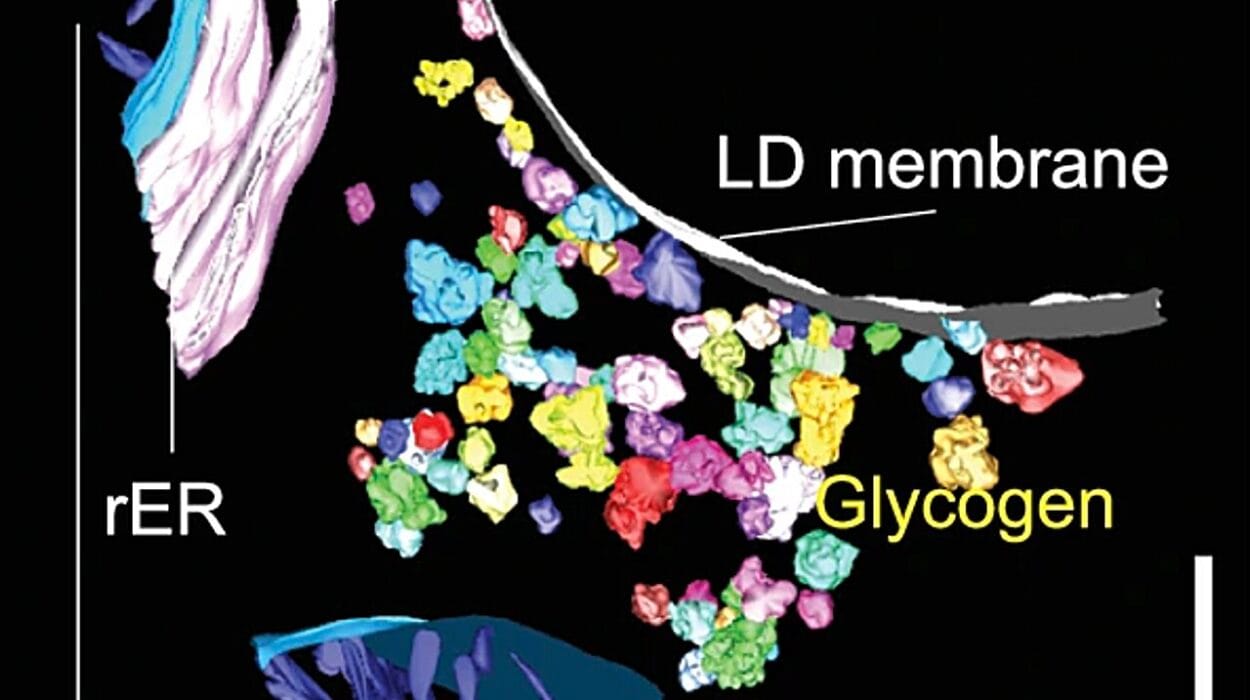For as long as humans have studied life, we have wondered: what was the very first animal? The fossil record has given us a stunning array of ancient creatures, from trilobites to ammonites, but the trail fades into shadow the further back we look. Beyond a certain point, bones and shells vanish, leaving only the whisper of soft-bodied organisms. How do you uncover the story of life when its first chapters have dissolved away?
A team of MIT geochemists has recently pushed the boundary of that story further back than ever before. By searching not for bones or imprints but for chemical fossils—molecular echoes preserved in stone—they discovered evidence that one of the earliest animals on Earth may have been the humble ancestor of today’s sea sponge. Their work, published in the Proceedings of the National Academy of Sciences, suggests that animals like sponges had already emerged more than 541 million years ago, before the great burst of life we call the Cambrian explosion.
It is a discovery that changes how we see not just sponges, but the dawn of animal life itself.
Life’s First Chemical Shadows
When we think of fossils, we imagine bones embedded in rock or delicate impressions of shells. But there is another kind of fossil, one invisible to the naked eye. A chemical fossil is a molecular remnant of life—a biomolecule left behind in sediments, buried, and transformed by immense pressure and time, until it becomes part of the rock itself. These ghostly signals can endure for hundreds of millions of years, carrying with them the fingerprints of the organisms that once lived.
The MIT team identified a special class of these molecular signatures called steranes. Steranes are the geologically stable versions of sterols—molecules like cholesterol that form the membranes of complex cells. The particular steranes found by the researchers, unusual in their structure, pointed directly to a class of sea sponges known as demosponges.
Demosponges are soft-bodied filter feeders, found today in oceans across the globe. They come in dazzling variety—brilliant reds and oranges, branching shapes, or delicate tubes swaying in the current. Their ancient relatives, though impossible to reconstruct with certainty, likely shared the same oceanic habitat and the same sponge-like simplicity.
A Whisper from the Ediacaran
The rocks in which these molecular fossils were found date back to the Ediacaran Period, between 541 and 635 million years ago. This was a time before the Cambrian explosion, when Earth’s seas were largely populated by microbial mats and enigmatic, soft-bodied organisms.
Until recently, it was assumed that animals only began to flourish at the dawn of the Cambrian. But the discovery of sponge steranes in Ediacaran rocks suggests otherwise: animals had already appeared, quietly filtering seawater in the shadows of Earth’s primeval oceans.
Roger Summons, the Schlumberger Professor of Geobiology Emeritus at MIT and one of the study’s co-authors, describes these early sponges as “soft-bodied” and likely without the silica skeletons many modern sponges use for support. They were simple organisms, but their appearance was a turning point in life’s history. These creatures mark the transition from a world ruled entirely by microbes to a planet where multicellular animals began to shape ecosystems.
Sponges on Steroids
This new study builds on earlier work by the same team, who in 2009 reported the discovery of unusual 30-carbon steranes in rocks from Oman. These rare molecules seemed to be linked to sponges, but the claim was controversial. Could they have been produced by other organisms? Could geology itself have created them without life?
The debate simmered for years. Critics proposed alternative explanations, suggesting algae, protists, or even purely abiotic chemistry could generate similar molecules. But the MIT team persisted, looking for new evidence.
In their latest work, the researchers identified not only the C30 steranes from their earlier study but also a new, even rarer type: 31-carbon steranes (C31). The presence of both, in abundance, strengthens the case that these chemical signals truly came from sponges.
To test the idea, they turned to modern demosponges. By analyzing their tissues, they confirmed that living sponges still produce these unusual sterols today. Then, in the laboratory, they synthesized eight possible versions of C31 sterols and subjected them to chemical treatments simulating millions of years of burial. Only two versions transformed into the exact steranes found in ancient rocks.
The conclusion was clear: these molecules were not random geological artifacts. They were traces of life, and that life was sponge-like.
Building the Case for the First Animal
What makes this discovery so powerful is the convergence of evidence. The steranes are present in rocks from multiple locations—Oman, India, Siberia—showing that these early sponges were not isolated oddities but widespread inhabitants of Earth’s oceans. The molecules match what sponges produce today, and chemical synthesis demonstrates that geological processes alone cannot explain them.
“It’s a combination of what’s in the rock, what’s in the sponge, and what you can make in a chemistry laboratory,” Summons explains. “You’ve got three supportive, mutually agreeing lines of evidence, pointing to these sponges being among the earliest animals on Earth.”
In science, certainty is rare, but this triangulation—rock, biology, and chemistry—builds a compelling case.
Rewriting the Timeline of Life
The implications reach far beyond the sponge itself. If sponges were already thriving more than 541 million years ago, then animals arose long before the Cambrian explosion. This means that the “explosion” was not the beginning of animals but rather their dramatic diversification. The true dawn of animal life was more subtle, hidden in the quiet filtering of ancient seas.
This pushes back the timeline of complexity on Earth, suggesting that life may have been experimenting with multicellularity earlier than once thought. It also raises new questions: what triggered the evolution of animals? Did environmental changes, such as rising oxygen levels, create the conditions for sponges to appear? And how did these simple animals pave the way for the astonishing diversity of life that followed?
The Beauty of Simplicity
It may seem anticlimactic that the first animal was not a majestic creature but a sponge, a soft-bodied filter feeder with no nervous system, no muscles, no eyes. Yet there is poetry in this simplicity. Sponges embody the essence of animal life: they are multicellular, they rely on oxygen, and they filter food from their surroundings. In their quiet existence, they carried the spark of complexity that would one day lead to fish, birds, mammals, and ultimately us.
Looking at a sponge today is like gazing back through a window in time. Its simple body plan is a living relic of life’s earliest experiments, a testament to resilience and adaptability.
The Next Chapter in the Rock Record
The discovery of C30 and C31 steranes is not the end of the story but the beginning of a new search. With reliable biomarkers now in hand, researchers can scour rocks from other regions of the world to refine the timeline of sponge evolution. Somewhere, hidden in the sediments of ancient oceans, lies the key to pinpointing when the first animals truly arose.
Lead author Lubna Shawar, now a research scientist at Caltech, emphasizes the importance of verifying biomarkers. “In this study we show how to authenticate a biomarker, verifying that a signal truly comes from life rather than contamination or non-biological chemistry.” The team’s rigorous approach offers a model for future studies seeking the chemical shadows of ancient life.
Why This Matters
The discovery matters because it connects us to our most distant ancestors. Sponges may seem alien to our daily experience, but they belong to the same tree of life we do. By uncovering their ancient chemical fingerprints, we are uncovering our own deep history.
It also matters for the search for life beyond Earth. If chemical fossils can persist for hundreds of millions of years on Earth, perhaps similar signals could be found in Martian rocks or the icy oceans of Europa and Enceladus. The techniques refined in this study may someday help us recognize the fingerprints of life on other worlds.
A Living Legacy
Today, sponges still thrive in the oceans, quietly filtering water and supporting ecosystems. They are survivors, adapting across unimaginable stretches of time. Their persistence is a reminder of life’s resilience, and their chemical fossils are a reminder that even the simplest organisms can leave a profound mark on Earth’s history.
From soft-bodied ancestors in the Ediacaran seas to the dazzling diversity of animals today, the story of life has been long and winding. Yet through it all, the sponge remains—a humble but vital witness to life’s beginnings.
The MIT team’s discovery allows us to imagine that ancient world more vividly: a quiet ocean, oxygen slowly filling its waters, and sponges filtering in the depths, unaware that they were the first heralds of a new era.
And perhaps that is the most beautiful lesson of all—that life’s greatest revolutions often begin not with noise and spectacle, but with silence, patience, and persistence.
More information: Shawar, Lubna, Chemical characterization of C31 sterols from sponges and Neoproterozoic fossil sterane counterparts, Proceedings of the National Academy of Sciences (2025). DOI: 10.1073/pnas.2503009122. doi.org/10.1073/pnas.2503009122






